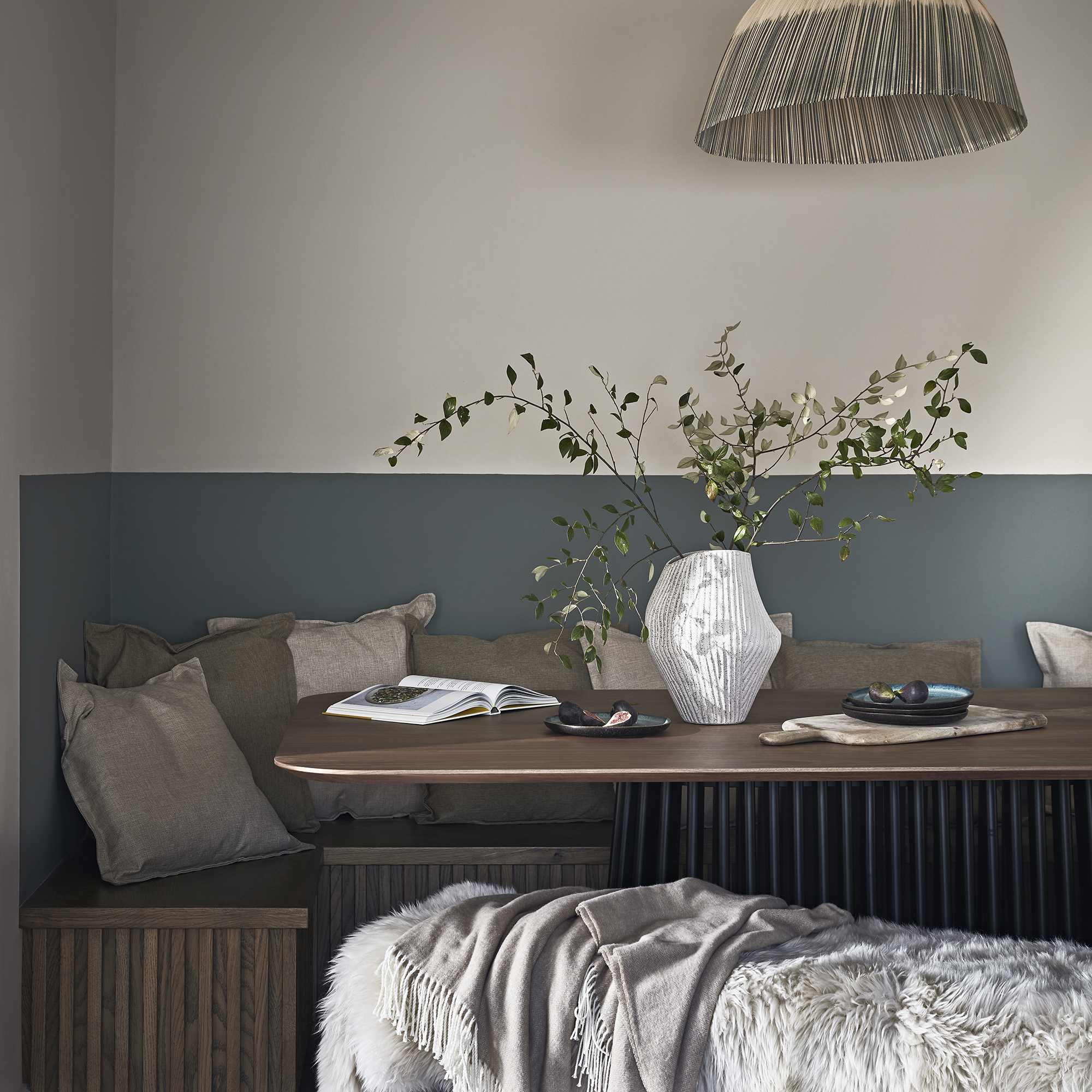
The latest home decor trends often focus on the way a space looks, however, a new school of thought for interior design is looking into how a space also makes you feel. Sensory design is an inclusive approach to interiors that looks beyond appearance and aesthetics.
Unlike other home decor trends sensory design considers how a room impacts all five conscious senses (touch, sight, hearing, smell and taste), and subconscious senses, like temperature, body awareness, and emotional processing. The easiest way to integrate this new approach into the home as a starting point is through a sensory nook, carved out of the corner of a bedroom or living room.
However, these principles can apply to the whole home, even the kitchen to create a space that you can decompress and relax into. Everybody has different needs, so there is no one-size-fits-all all approach to creating a sensory home.
‘The most important thing about creating an effective sensory space is understanding the needs of the person using it. You could have a wonderful space but, if you put the wrong person in there, it won’t be of any use,’ explains Dr Joanna Grace, sensory engagement specialist and founder of The Sensory Projects.
Jenny Okolo, occupational therapist and founder of SASA, agrees. ‘Sensory engagement can regulate the nervous system, reduce stress, and improve mood,’ she says. ‘Personal connection makes sensory experiences more authentic and supportive of emotional wellbeing.’
However, if you're looking for a starting point to invite more sensory elements into your home here are the features to consider that you might have been overlooking.
1. Refine your colour palette
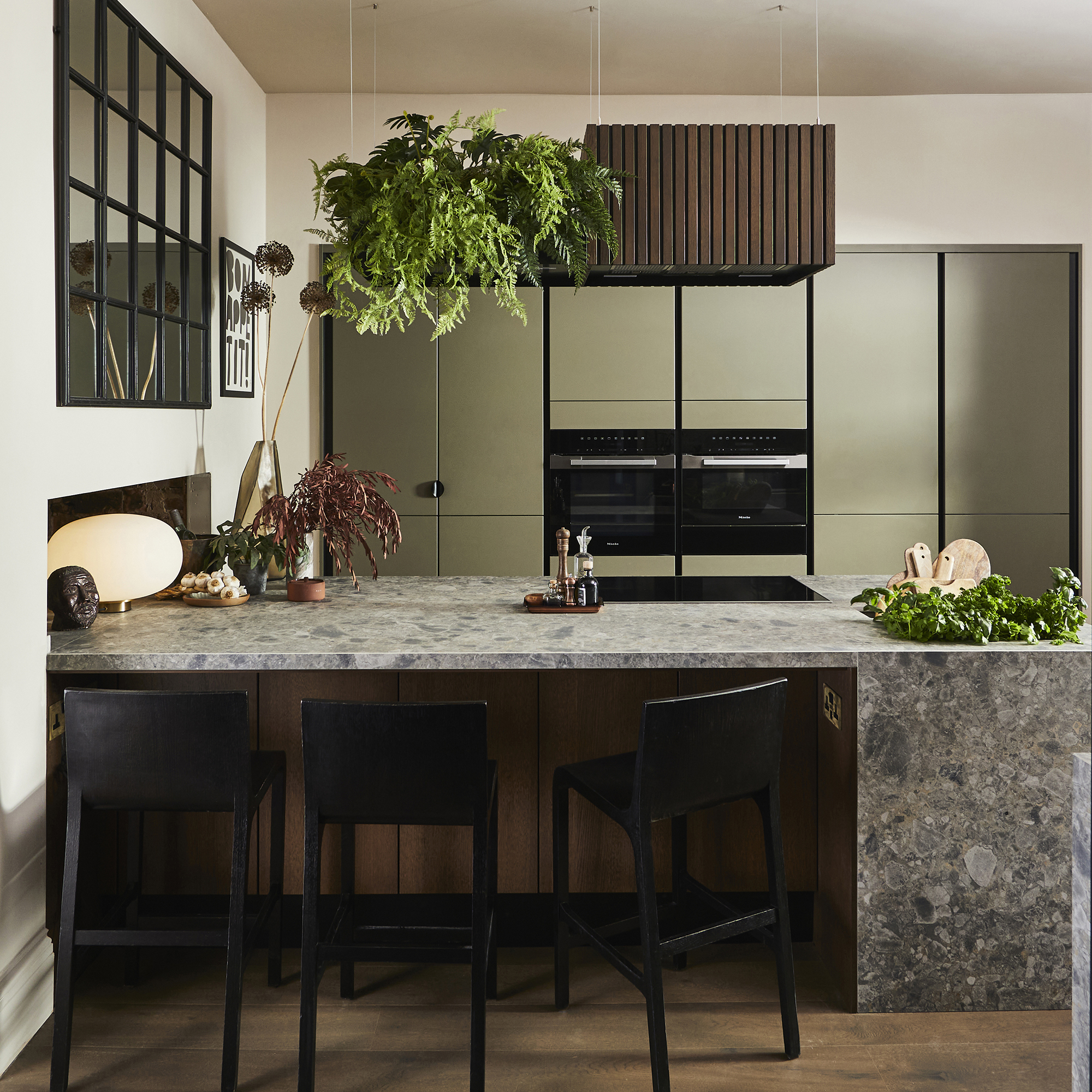
Whether you want an energising space or a soothing sanctuary, incorporating colour can set the tone. ‘Green is universally known for its grounding properties,’ says Pippa Jameson, interior stylist and founder of The Sensory Home®. ‘If space allows, colour-drench your nook in one tone to create a cocoon-like effect and foster a sense of safety.’ Try Graham & Brown’s Uluwatu colourway for adding a rich wash of colour to your green living room ideas or carving out a relaxing space in a kitchen.
But, if you want your space to motivate you, consider a more vibrant approach. ‘Some people love patterns – they’re full of stimulation and that can be great if you want to feel creative. I also like to have light colours in the kitchen to keep me motivated, says Ally Dowsing-Reynolds, co-founder of Dowsing & Reynolds.
2. Light the space
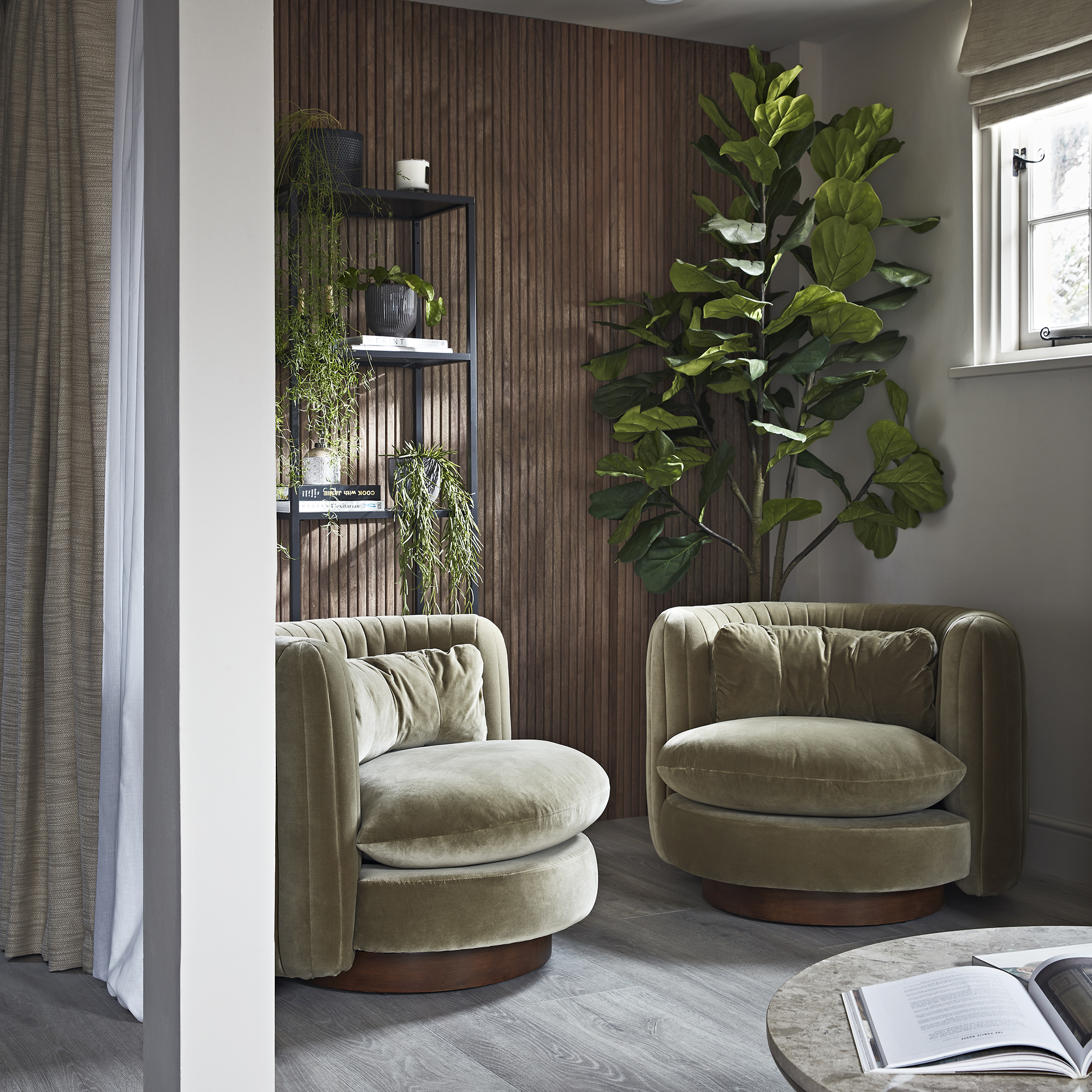
When planning sensory home ideas, Joanna suggests considering how the brain works in combination with your senses. ‘Imagine taking your brain away completely and leaving just your senses, then ask yourself if they’d still be interested in what’s in your room.’
Using this method when considering lighting ideas is beneficial. ‘If there’s something shiny or sparkly, my vision will go to that because it draws the attention of a sensory system on its own,’ says Joanna.
‘Lighting has a profound impact on mood and functionality,’ adds Pippa. For a technical approach, she suggests installing adaptable lighting fixtures which can offer customisable colour settings to stimulate the mind and draw the attention of your visual senses. Alternatively, try maximising natural light to boost productivity.
3. Try out different textures

Tactile stimulation can help people to feel grounded within a space, so the use of texture in a sensory nook or particular room can be very important.
Both Ally and her partner are neurodivergent, and they have discovered that natural textures help to soothe their senses. ‘My bathroom was designed for the senses. It’s the room I go to when I want to escape,’ she says. ‘There’s moss wall panels which provide a layer of texture while purifying the air. And the stone bath feels really natural.’
Alternatively, others may benefit from rich textures – like bouclé – to create a cosy, warm atmosphere.
4. Add personal touches
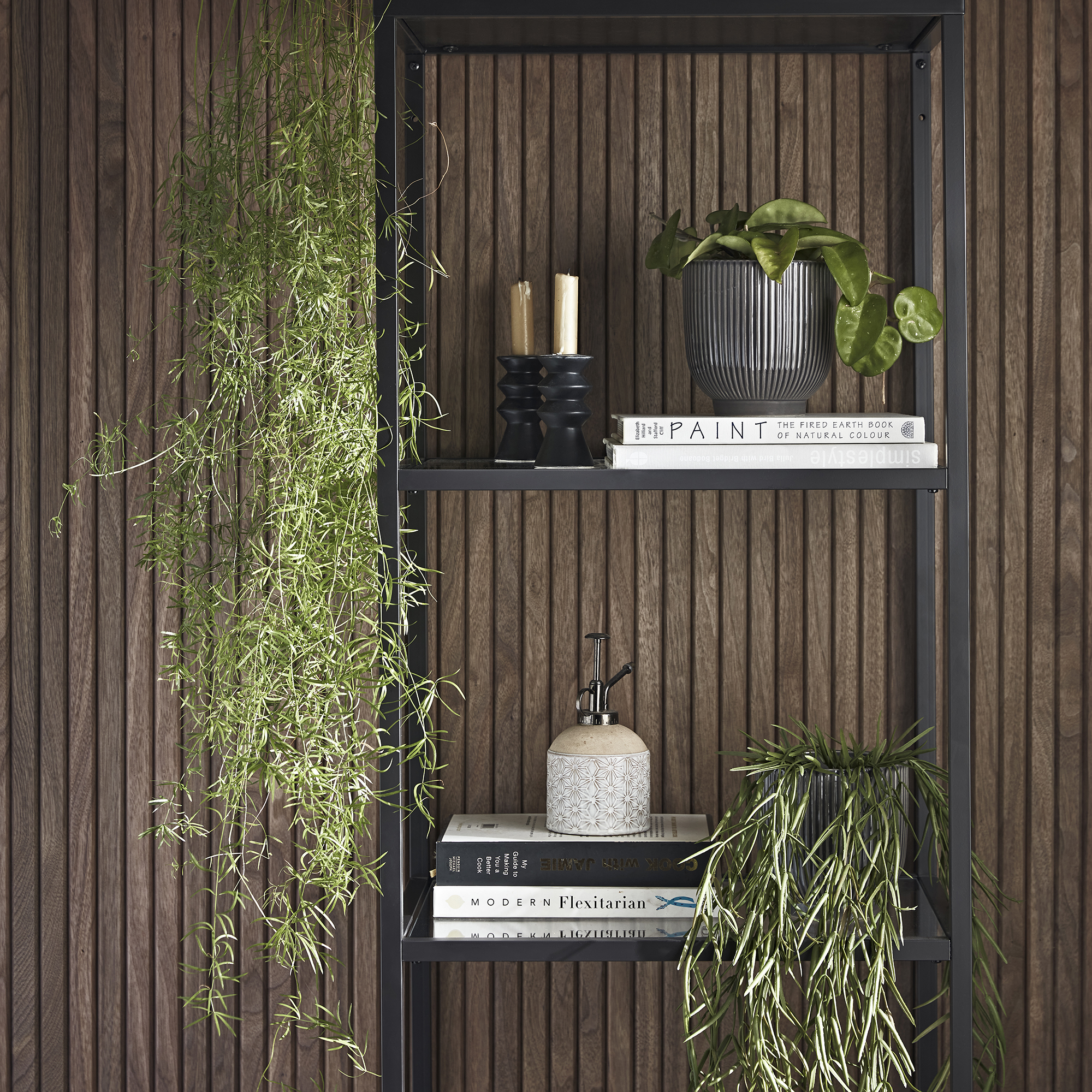
‘People thrive when cultural elements are part of their sensory routines, such as the use of incense, music or familiar textures,’ says Jenny. ‘These interventions not only support sensory regulation but also help maintain a sense of connection to your roots.’ So, think of ways to include familiar elements which encourage positive emotions in your space, this can be as similar and using your favourite scented candle or the best diffuser.
‘If you were looking to really nurture your sensory self, you would want to build an environment that was rich in early developmental sensory experiences,’ adds Joanna. Think back to the wholesome experiences you enjoyed as a child like touching new textures or playing with objects and try to emulate these in your space. This can be as simple as having decorative objects you can handle or a blanket you love the feel of.
5. Pay attention to acoustics
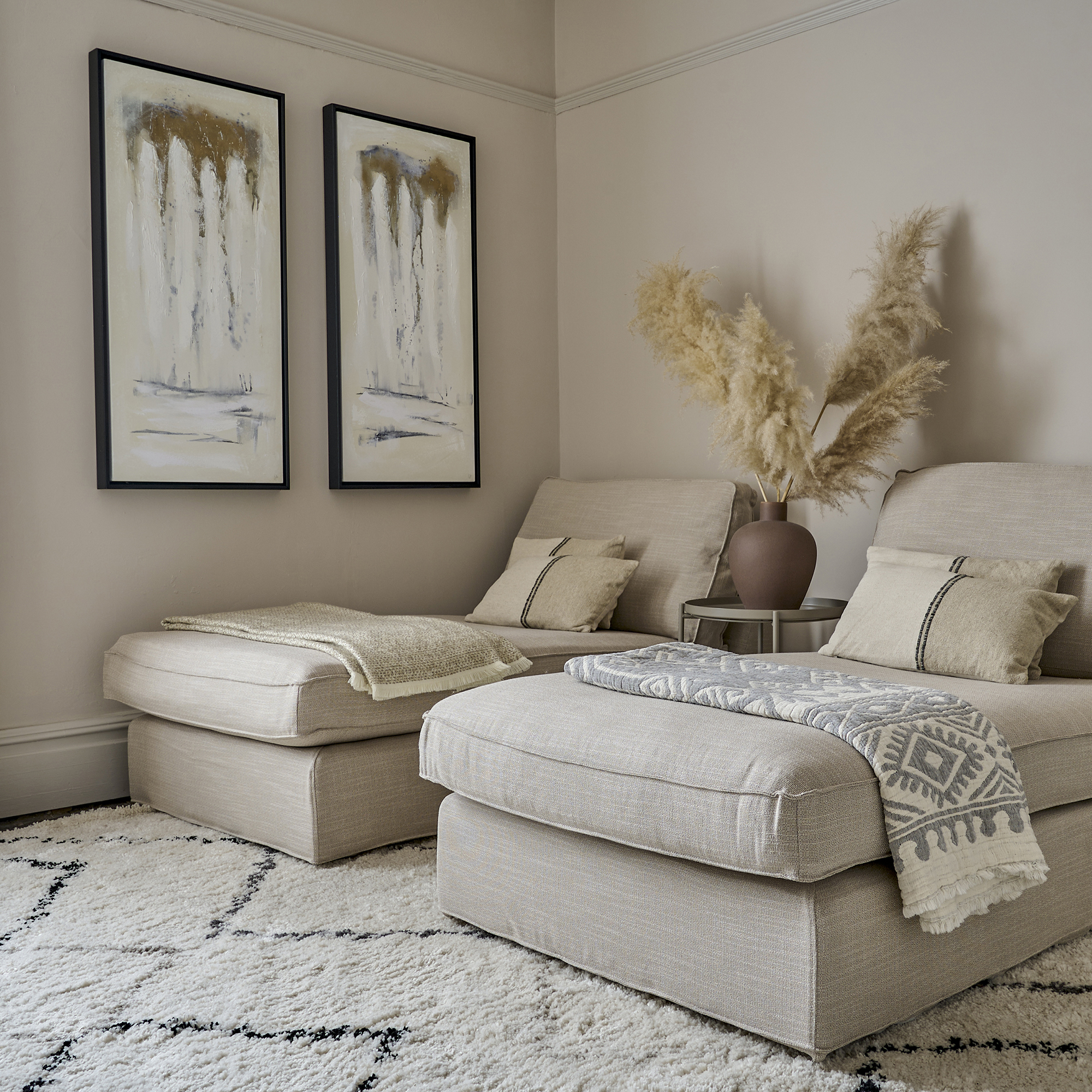
Hearing is a sensory experience that shouldn’t be overlooked when it comes to design. Focus on soundproofing a room like a dedicated sensory nook or bedroom.
‘Your nook should be free from noise pollution or located away from high-traffic areas,’ says Pippa, ‘layering soft furnishings, such as cushions and throws, will help absorb sound.’ Plus, if you respond well to music or soundscapes, consider incorporating speakers into your space to create an ambient vibe that meets your needs.
Including even just one of these elements will go along way in personalising your home with your own sensory preferences, making it a space you can comfortably unwind in.







